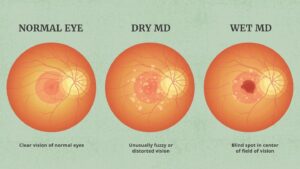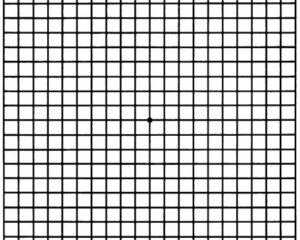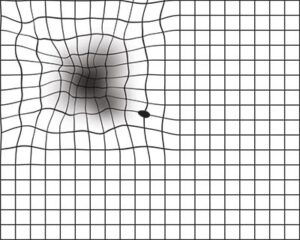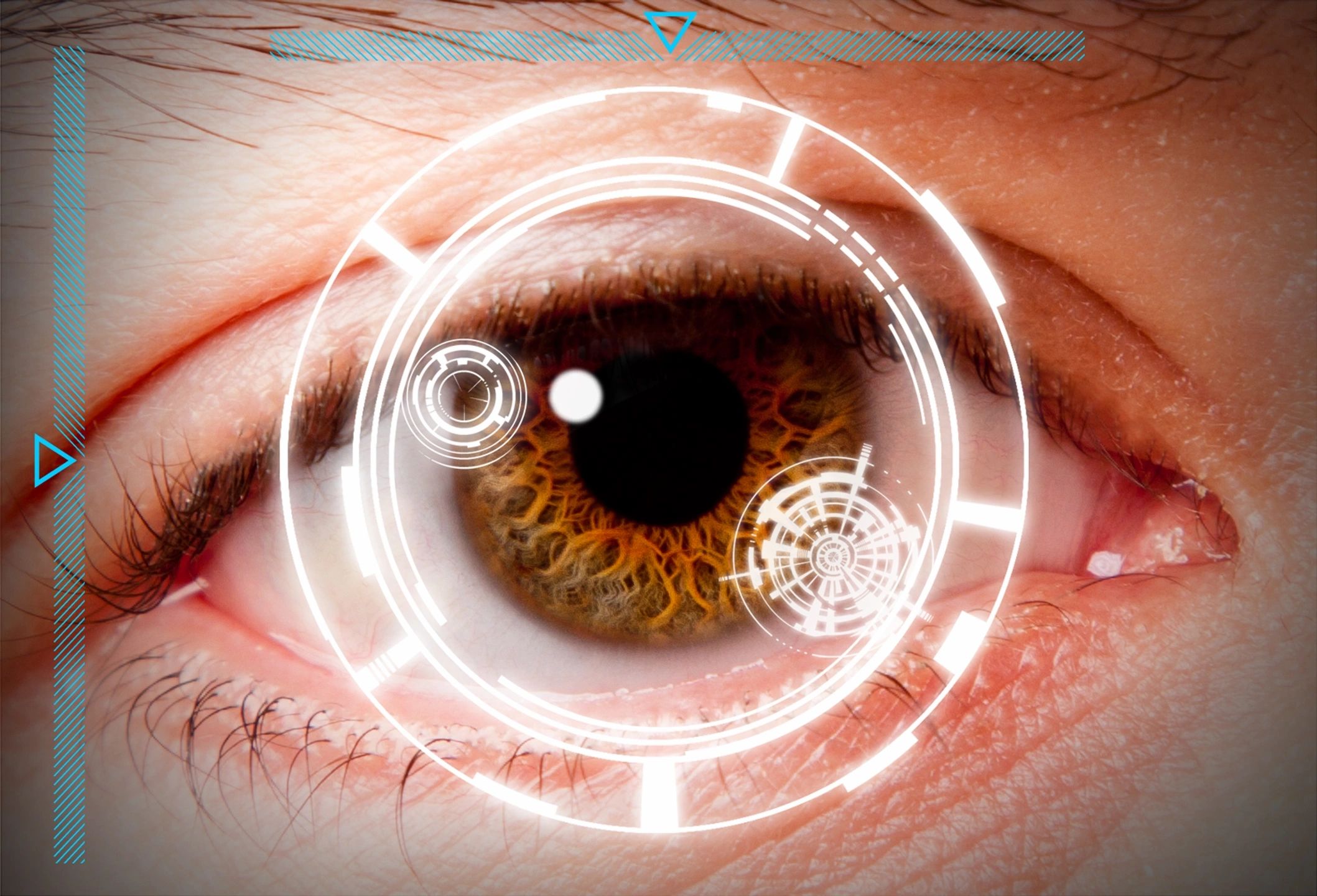PINK EYE~ IT’S NOT JUST A CHILDHOOD INFECTION
By: Allie Might, FMC, INHC, ATT
Pink eye, or conjunctivitis, is often associated with childhood infections, as we have all probably had a classmate or even ourselves that contracted this during our school years. However, it’s not limited to childhood, as many adults contract this as well. Let’s get more familiar with what pink eye is, how it’s contracted and how to keep our eyes healthy.
So what exactly is pink eye? Simply put, it’s an infection that is typically caused by either a virus or bacteria, although it can sometimes be caused by allergies, COVID-19 or even from some STDs such as chlamydia and gonorrhea. Once contracted, pink eye is highly contagious and if you have these certain STDs or bacteria’s in your body when giving birthing, its possible the baby can contract pink eye soon after birth.
According to the Center for Disease Control and Prevention (CDC) and The American Academy of Ophthalmology, we know that there are three types of pink eye. Having an understanding of the different types of pink eye can help you to identify it easier, figure out how you may have contracted it, how to aid in clearing it up and also when to seek out a doctor for possible treatment.
Viral conjunctivitis is caused by a virus and is the most common form of pink eye. It is usually caused by cold and sore throat viruses and is highly contagious. This is the form that is thought of when one hears pink eye, as it is typically spread around schools. It can cause redness, irritation and watering in the eye(s).
Bacterial conjunctivitis is caused by a bacteria that has infected the eye(s), is highly contagious and is similar to the bacteria that causes strep throat. It can be seen in newborn babies, particularly soon after birth. It can also be caused by such things as contacts lenses, makeup or makeup brushes. You’ll probably have sore red eyes and see more of a gooey discharge and/or crusting of the eye(s) and/or eyelashes.
Allergic conjunctivitis is cause by an allergy irritant and isn’t contagious. Some allergies that may cause itchy, red eyes would be, but not limited to, cigarette smoke, animal dander or environmental allergies and pollen. While this is an inconvenience, it’s not as disruptive as the viral or bacterial forms and can be managed well.
There are many signs and symptoms to be aware of if you think you are experiencing pink eye, aside from a red or pink hue on the whites of the eye(s). Other signs to be aware of may include swelling or puffiness, itchy or irritated eye(s), excessive watery eye(s) and/or a discharge from the eye(s). Another common sign is waking up to find a crust formed around the eye(s) and/or eyelashes. This may even cause the eye(S) to be “glued” shut. I like to recommend applying a warm washcloth to help breakup the crust and wipe it away.
Pink eye typically heals itself without visits to a doctor. However there are a few things that can be done to ease the symptoms and make the time it takes to clear up easier. It is advised to discontinue wearing eye makeup until pink eye clears up and if you wear contacts, try switching to glasses for a while. Applying a warm, damp washcloth to the eyes can be helpful. Contact your doctor if you experience such issues, but not limited to, pain, puss, light sensitivity, fever or if you’re not seeing improvement in a few days. Try to avoid touching the eye area.
Biocurcumin can be helpful for pink eye as it is said to have anti-inflammatory properties. This is important to help reduce the inflammation and puffiness that often accompanies pick eye. This can be uncomfortable and sometimes painful or itchy, so managing this inflammation can make recovery an easier process.
Quercetin is an antioxidant that has shown to be helpful when it comes to healthy eyes. This is due to the anti-inflammatory properties that it offers.
my.clevelandclinic.org/health/diseases/8614-pink-eye
www.webmd.com/eye-health/eye-health-conjunctivitis
www.nei.nih.gov/learn-about-eye-health/eye-conditions-and-diseases/pink-eye
www.cdc.gov/conjunctivitis/index.html
www.aao.org/eye-health/diseases/pink-eye-conjunctivitis
www.aao.org/eye-health/diseases/pink-eye-quick-home-remedies
www.webmd.com/eye-health/pinkeye-home-care
www.webmd.com/diet/health-benefits-curcumin
pubmed.ncbi.nlm.nih.gov/28056553/











